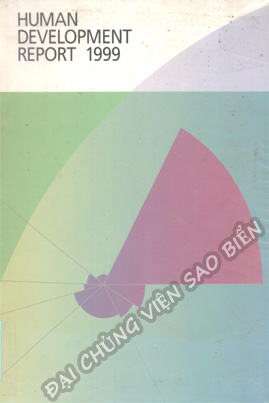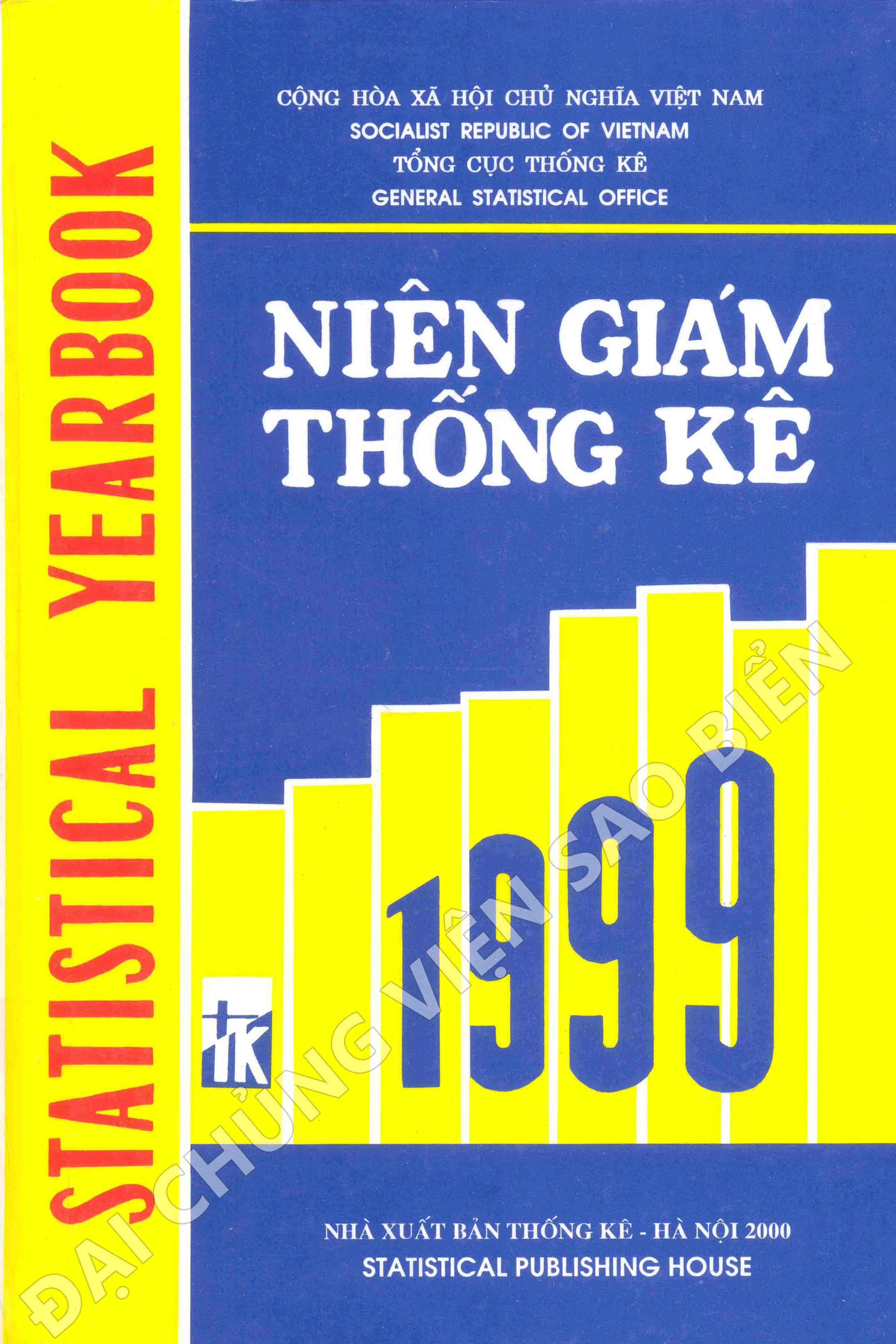| OVERVIEW |
|
| Globalization with a human face |
1 |
| ten years of human development |
15 |
| CHAPTER ONE |
|
| Human development in this age of globalization |
25 |
| The world has changed |
28 |
| Global integration—rapid but unbalanced |
30 |
| Social fragmentation—reversals in progress and threats to human security |
36 |
| CHAPTER TWO |
|
| New technologies and the global race for knowledge |
57 |
| The race for knowledge |
57 |
| The new technologies—drivers of globalization |
57 |
| Access to the network society—who is in the loop and on the map? |
61 |
| The new rules of globalization—shaping the path of technology |
66 |
| Impacts on people |
68 |
| The need to reshape technology’s path |
72 |
| CHAPTER THREE |
|
| The invisible heart—care and the global economy |
77 |
| Human development, capabilities and care |
77 |
| Care—or “tender loving care” |
78 |
| Globalization and care |
79 |
| Care and market rewards |
80 |
| Redistributing the costs and responsibilities of care—to family, state and corporation |
80 |
| The challenge of care in the global economy |
81 |
| CHAPTER FOUR |
|
| National responses to make globalization work for human development |
84 |
| Capturing global opportunities |
84 |
| Protecting people against vulnerabilities |
90 |
| Overcoming the resource squeeze |
92 |
| Generating pro-poor growth—reducing inequalities and enhancing human capabilities |
94 |
| Creating effective alliances of national actors |
95 |
| Formulating strategies for emerging new issues in the global system |
96 |
| CHAPTER FIVE |
|
| Reinventing global governance—for humanity and equity |
97 |
| Putting human concerns and rights at the centre of global governance |
98 |
| Protecting human security in economic crisis |
101 |
| Reducing other causes of human insecurity |
103 |
| Narrowing global gaps |
104 |
| Specific actions to strengthen the bargaining position of poor countries in global governance |
108 |
| Start now to build the global architecture required for the 21st century |
110 |
| All these actions begin with people |
114 |
| References |
115 |
| SPECIAL CONTRIBUTIONS |
|
| Ten years of human development Paul Streeten |
16 |
| Assessing human development Amartya Sen |
23 |
| Partnership with the United Nations Ted Turner |
100 |
| BOXES |
|
| Globalization—what’s really new? |
30 |
| Shrinking time, shrinking space, disappearing borders—but for whom? |
31 |
| The concept of human security |
36 |
| Merry Christmas—and have a Happy New Year elsewhere |
37 |
| The collapse of the East Asian financial markets— economies recovering, but human recovery will take longer |
40 |
| Buildup and reversal of short-term capital flows—lessons of East Asia |
41 |
| Why crime syndicates like globalization |
43 |
| What is the Internet? |
58 |
| HealthNet for better patient care |
59 |
| Defending Gorbachev, defeating the Multilateral Agreement on Investment—how the Internet made a difference |
60 |
| Trading places—the rise of data processing |
61 |
| Innovating with the Internet |
64 |
| Preparing for the information age—set the wheels in motion |
66 |
| What is trips? |
67 |
| Ethics and technology—a luxury concern? |
72 |
| Questioning the ownership of knowledge |
73 |
| Rerouting the genetic revolution—the CGIAR proposal |
74 |
| If we are going to compete, let it be in a game of our choosing |
78 |
| Globalization leads to the feminization of labour—but the outcome is mixed |
80 |
| More paid work doesn’t reduce unpaid work |
81 |
| Support for men’s child-care responsibilities in Western Europe |
82 |
| More trade, more capital, more human deprivation—Russia |
85 |
| Opening the Polish economy with institutional reforms |
86 |
| Liberalizing foreign investment in India |
87 |
| Foreign direct investment for human development in Malaysia |
88 |
| Incentives to multinationals—and nationals—in Mauritius |
88 |
| Short-term capital controls in Chile |
89 |
| Revealing the human trafficking in Eastern Europe and the CIS |
89 |
| Social protection for Tunisia’s poor |
90 |
| Ireland’s social partnership agreements |
91 |
| Upgrading skills and achieving worker flexibility in Sweden |
91 |
| Responses to the eroding welfare state |
93 |
| NGOs as a powerhouse in national alliances |
96 |
| Meeting the challenges of globalization—Fundacion Chile |
96 |
| Using national human development reports to outline impacts and priorities |
96 |
| Keynes’s vision for global governance |
98 |
| The successes and failures of global governance since 1945 |
99 |
| Social auditing of multinational corporations |
101 |
| Globalization without Poverty—a European initiative |
101 |
| Global crime—the international response |
104 |
| Renegotiating Lome—one size doesn’t fit all |
105 |
| Developing countries and trade—active participation in the millennium round |
106 |
| Debt—a need for accelerated action |
107 |
| NGOs and global advocacy |
110 |
| Global public goods—the missing element |
111 |
| 5.10 Global public goods—the missing element |
111 |
| ANNEX TABLES |
|
| Trade flows |
45 |
| Resource flows |
49 |
| Information flows |
53 |
| BOX TABLES |
|
| Declining cost of transport and communications |
30 |
| Time spent in paid and unpaid work in Bangladesh, 1995 |
81 |
| TABLES |
|
| Top corporations had sales totalling more than the GDP of many countries in 1997 |
32 |
| Unemployment rate in selected OECD countries |
32 |
| The Asian crisis hurts distant economies and people |
42 |
| Who has real access to intellectual property claims? |
71 |
| Trade, economic growth and human development—no automatic link |
85 |
| Foreign direct investment, economic growth and human development—no automatic link |
87 |
| Adjustment and greater income inequality, 1987-88 to 1993-95 |
92 |
| Major and minor collectors of trade taxes, 1990-96 |
92 |
| Social welfare systems and income inequality, 1998 |
94 |
| Eight heavily indebted poor countries, 1995 |
108 |
| External debt of the 41 heavily indebted poor countries, 1992-96 |
108 |
| Who gets aid? |
108 |
| Global institutions and their membership |
109 |
| FIGURES |
|
| Stark disparities between rich and poor in global opportunities |
2 |
| Global integration has progressed rapidly but unevenly ... with wide disparity between countries |
26 |
| International telephone calls |
28 |
| Less than a third of television programming in Latin America originates in the region |
34 |
| Domestic film industries struggle to hold market share |
34 |
| Uneven ratification of human rights conventions |
35 |
| Inequality has worsened both globally ..and within countries |
38 |
| Portfolio flows have brought severe volatility to many markets |
41 |
| Provisioning for human development |
44 |
| How long before new technologiesgain widespread acceptance? |
58 |
| Software exports from India |
61 |
| Teledensitv |
62 |
| Internet users—a global enclave |
63 |
| orldwide mergers and acquisitions |
67 |
| The race for patents |
68 |
| Drug prices and patent costs |
69 |
| Four sources of caring labour |
79 |
| Differences in human development—Botswana and Mali, mid-1980 |
85 |
| Reduced revenue generation—loss of fiscal strength |
93 |
| Growth—pro-poor or pro-rich? |
94 |
| Subsidies to the poor or the rich? |
95 |
| HUMAN DEVELOPMENT INDICATORS |
|
| What do the human development indices reveal? |
127 |
| Monitoring human development: enlarging people’s choices ... |
|
| Human development index |
134 |
| Gender-related development index |
138 |
| Gender empowerment measure |
142 |
| Human poverty in developing countries |
146 |
| Human poverty in industrialized countries, Eastern Europe and the CIS |
149 |
| Trends in human development and per capita income |
151 |
| Trends in human development and economic growth |
155 |
| Technical note |
159 |
| To lead a long and healthy life .. |
|
| Progress in survival |
168 |
| Health profile |
172 |
| ..to acquire knowledge .. |
|
| Education imbalances |
176 |
| ..to have access to the resources needed for a decent standard of living. |
|
| Economic performance |
180 |
| Macroeconomic structure |
184 |
| Resource use imbalances |
188 |
| Aid flows from DAC member countries |
192 |
| Aid and debt by recipient country |
193 |
| while preserving it for future generations . |
|
| Demographic trends |
197 |
| Energy use |
201 |
| Profile of environmental degradation |
203 |
| 19Managing the environment |
209 |
| ensuring human security . |
|
| 20Food security and nutrition |
211 |
| 21Job security |
215 |
| 22Profile of political life |
217 |
| 23Crime |
221 |
| 24Personal distress |
225 |
| and achieving equality for all women and men |
|
| 25Gender gaps in education |
229 |
| 26Gender gaps in economic activity |
233 |
| 27 Gender gaps in work burden and time allocation |
237 |
| 28 Gender gaps in political participation |
238 |
| 29Status of selected international human rights instruments |
242 |
| 30 Basic indicators for other UN member countries |
246 |
| Note on statistics in the Human Development Report |
247 |
| Primary statistical references |
251 |
| Definitions of statistical terms |
253 |
| Classification of countries |
257 |
| Key to countries |
260 |
| Index to indicators |
261 |









